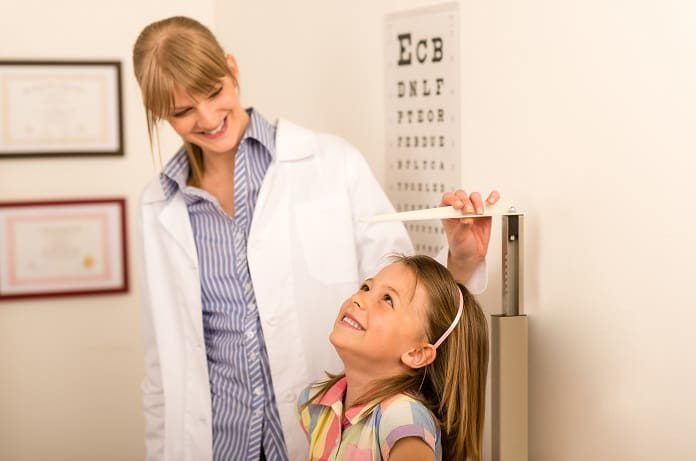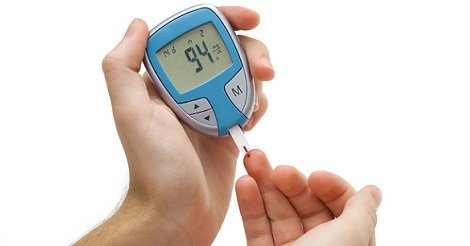A new study tested whether providing parents with height monitoring information improved their child’s height and other developmental outcomes.
The article below contains sponsored links to other sites; these links are being provided as a convenience and for informational purposes. The editorial staff of the Medical News Bulletin had no role in the preparation of the contents of these linked sites and are not responsible for the accuracy or content of the linked sites. The views and opinions expressed in the sponsored links are those of the advertiser and do not reflect those of the Medical News Bulletin. The Medical News Bulletin does not accept liability for any loss or damages caused by the use of any products or services, nor do we endorse any products, services, or links in our sponsored links.
Monitoring growth is an important means to identify whether a child is growing and developing normally. Despite the continued high prevalence of faltering growth, height monitoring remains limited in many low- and middle-income countries. When a child’s growth rate was slower than expected, it used to be described by the term “failure to thrive”. Recently, this description has been replaced with “faltering growth” because it is based on observations and avoids the negative connotation of caregiver failure.
Growth monitoring is especially important during infancy to detect and monitor slow or excessive growth and other developmental outcomes, check for illness and monitor treatment. Faltering growth is usually identified by measuring weight gain, although it can also include measurements of height/length and head circumference. For growth monitoring to be meaningful, serial measurements are taken and plotted onto a growth chart over a period of time. This information helps caregivers and medical staff to intervene early and mitigate the effects of faltering growth which include suppressed immune response, increased risk of infection and, if ongoing, delayed cognitive and psychomotor development, learning disabilities, and a higher risk of infant mortality.
In a recent study published in the American Journal of Clinical Nutrition, researchers tested whether providing parents with information on their child’s height improved children’s height and developmental outcomes. The scientists randomly assigned 127 villages in the Chipata District in Zambia to one of three intervention groups: home-based growth monitoring (HBGM), community-based growth monitoring including nutritional supplementation for children with stunted growth (CBGM+NS), or a control group (CG). In all, 547 children with a median age of 13 months were enrolled to participate in this study. For each, their overall development was assessed using the International Fetal and Newborn Growth Consortium for the 21st Century Neurodevelopment Assessment tool. They assessed weight, protein consumption, general dietary diversity, and whether the child was being breastfed.
Although the effects of the trial on children’s height were fairly limited, they found that both interventions improved parental reports of feeding practices and children’s protein intake. In addition, among children with stunted growth at the baseline measure, both interventions led to larger, though limited, positive weight gain than did the control group. Given its relatively low cost, this intervention may be a cost-effective tool for supporting parenting efforts and mitigating the negative effects of poverty, poor nutrition, or childhood illness on developmental outcomes.
Written by Debra A. Kellen, PhD
Reference:
Fink, G., Levenson, R., Tembo, S., & Rockers, P. C. (2017). Home-and community-based growth monitoring to reduce early life growth faltering: an open-label, cluster-randomized controlled trial. The American Journal of Clinical Nutrition, ajcn157545. doi:10.3945/ajcn.117.157545



